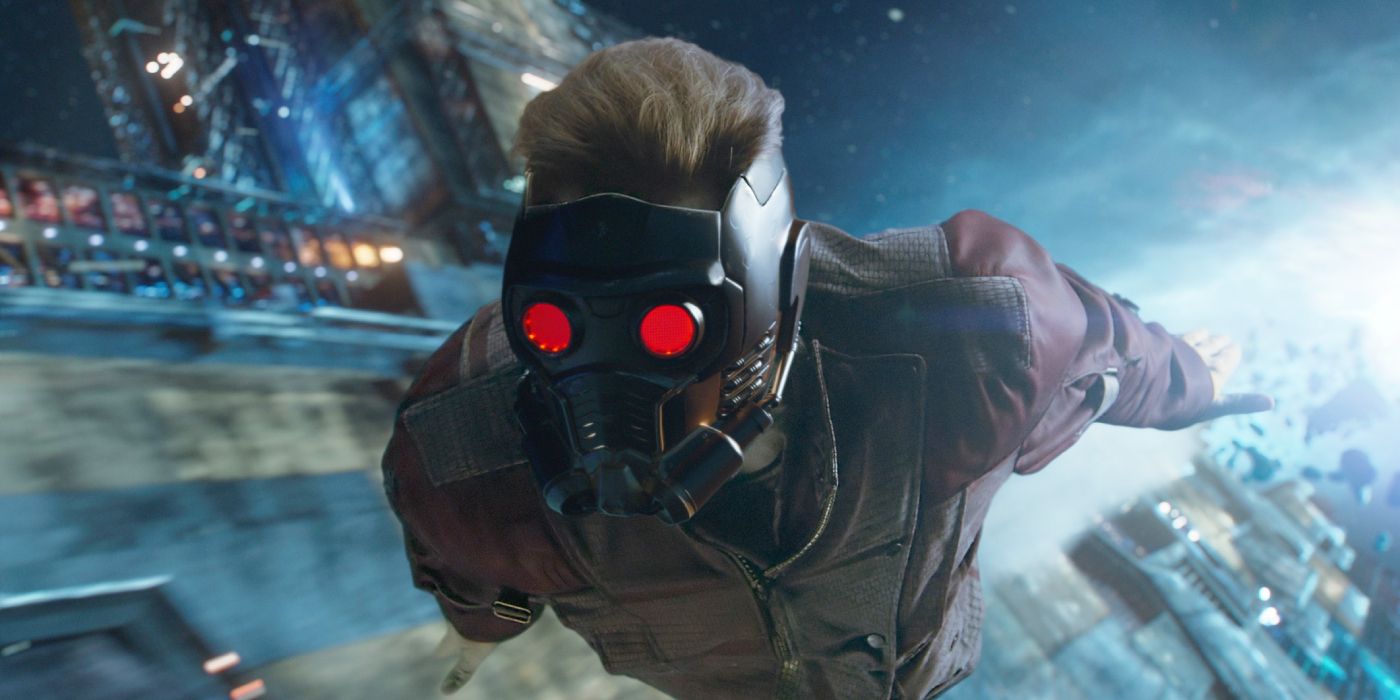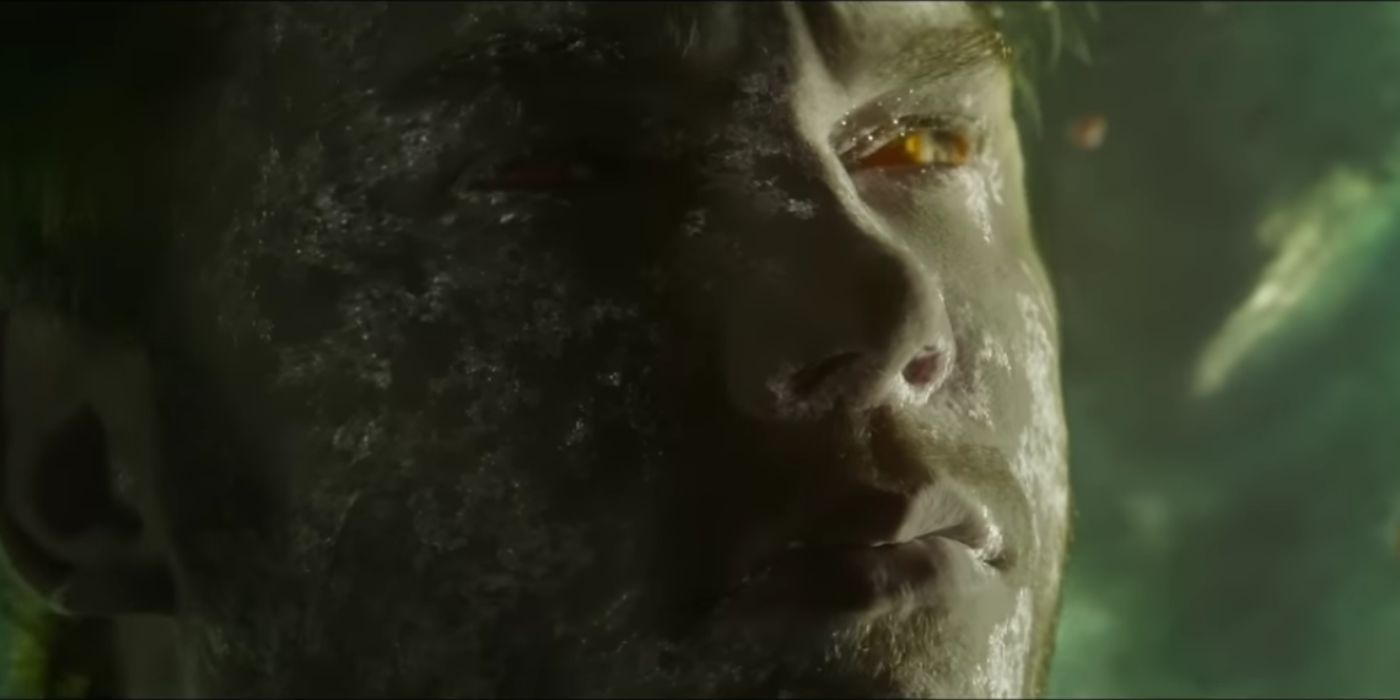The Guardians of the Galaxy series has always been something of an outlier in the MCU. The tone tends to be lighter, the action weirder, and the found family themes more in the foreground. In the Marvel Cinematic Universe’s post-Infinity Saga landscape, the Guardians franchise continues down each of these paths. But one other thing that has happened in every entry is that a character has been exposed to the harsh environment of the vacuum of space.
Marvel, as a whole, and Guardians, in particular, have never been terribly beholden to the rigors of physics. Ant-Man’s Quantum Realm can’t exist, and Captain America’s shield wouldn’t be able to ricochet. But those both involve exotic materials and superhuman abilities that can’t really be replicated in the real world. Some fudging of science is to be expected. Exposure to the vacuum of space, on the other hand, is something that can happen and something astronauts need to worry about. It’s time to dive into some physics and biology and see if Marvel is about to get schooled on the science of space.
What the Guardians of the Galaxy Films Show
Before any discussion of science can happen, there needs to be a caveat. Of the characters jettisoned into space in Guardians movies, most were not human. Peter Quill was half-human until his alien half dissolved away when he killed his father, making him fully human. In all these discussions, some speculation is required as to how different alien biologies might react to the same environment. Adam Warlock is completely unaffected by the vacuum, while other characters die fairly quickly.
That said, here’s what the films show. In the first Guardians film, Gamora is launched into space where Rocket says her body mods will keep her alive for a few minutes but that there’s nothing they can do. Star-Lord flies after her and gives her his helmet. The shot slows down for dramatic effect, but it appears that he’s out there for about 30 seconds. At this time, ice crystalizes on his skin, and his eyes go red, assumed to be from blood vessels in his eyes bursting.
In Guardians of the Galaxy Vol. 2, Quill and Yondu fly into space together. Yondu places an energy field vacuum suit on Peter, sacrificing himself. Again, the director shows ice covering the skin, but instead of his eyes going red, they simply freeze over. Another character jettisoned who wasn’t from the Guardians films was Ebony Maw in Avengers: Infinity War. Not much is shown about the process, but the result matches — icy skin and glassy eyes.
Guardians of the Galaxy Vol. 3 is where things look a little different. Star-Lord’s eyes don’t go red this time, and after the ice forms on his skin, his cheeks start to bulge and puff out. The bloating was likely meant to show the change in pressure from inside the ship to the zero-pressure environment of space. This didn’t happen in the first film, but whether it’s because he was out longer the second time or because he lost his Celestial DNA is unclear. What is clear is that both times Peter was exposed to a vacuum, he recovered fairly quickly from the ordeal and ended up with no permanent damage. When compared to Yondu and Ebony Maw, this is where many viewers lost their suspension of disbelief.
What Space Wouldn’t Do to Star-Lord
The common visual element across all these instances is ice, which makes sense at first. The coldest points in space are -455°F or -270°C. Except that, while that’s technically correct, that doesn’t mean the same thing it does on Earth. Temperature is a measurement of heat energy moving from one molecule of matter to the next, and for something to get cold, its heat has to go somewhere. Matter in space is so spread out that molecules hardly collide at all. This phenomenon is why fancy thermoses and water bottles use layers of vacuum void in their construction; it doesn’t conduct heat away — it insulates it. This means that if exposed to the vacuum of space, it would take hours or even days to freeze. If a nearby star is visible, it would take even longer.
Another popular idea is that if a human body goes from a pressurized environment to space, the change in pressure will make it explode. While an amusing image and one that properties as diverse as Total Recall and The Simpsons have used, it’s not accurate either. Bodies do have an internal pressure to balance the standard air pressure of 14.7 psi. That’s not nearly enough to cause any kind of explosion. Another image sometimes seen is eyes popping or rupturing, as seen in 1997’s sci-fi/horror film Event Horizon. While human bodies are fragile, eyes aren’t pressurized, meaning no bursting would happen.
What Would Actually Happen to Star-Lord’s Body
Freezing and exploding aren’t accurate, but that doesn’t mean all hope is lost. In fact, several of the elements shown in the first and third Guardians movies do get many things right. While temperature isn’t a huge issue in space, pressure definitely is. Anyone who’s been scuba diving needs to know about how fluids react under pressure and why they shouldn’t ascend too quickly. Rapid lowering of pressure makes nitrogen gas separate out of the blood and form bubbles. These bubbles can find their way to muscles, joints and blood vessels, where they can cause all kinds of havoc. This is decompression sickness, commonly called The Bends.
In space, those pressure changes are far more drastic. Liquids under very low pressure will spontaneously boil, immediately turning to gas and floating away. Moisture on the tongue and eyes will puff away instantaneously. Any gas in the body will increase in volume. Air in the lungs can make them rupture if not exhaled. Of course, there’s also liquid and gas under the skin; it will dissolve and evaporate as well, causing bloating.
Here’s where Guardians is surprisingly close to reality. Both times that Star-Lord ends up floating in space, a small cloud of steam comes out of his mouth. It can be assumed that he has enough knowledge about the dangers of space to know how to breathe out. In the first film, the blood vessels in his eyes start breaking from the pressure. And, of course, in Vol. 3, his skin puffs, not from the pressure itself but from liquid and gas trying to escape his skin.
Here’s where people get skeptical. Surely, all this would be damaging to the body, and it’s unrealistic for Quill to recover as quickly as he does. Well, there is an account of engineer Jim Leblanc, who was testing vac suits for NASA. During a test inside a vacuum chamber, his air hose came loose. He reported feeling the saliva evaporate off of his tongue, and within seconds, the oxygen dissolved out of his blood, and he passed out from hypoxia. It took about a minute for him to be pulled out and treated for the Bends. He was dehydrated, and his eyes were dry and scratchy, but he was up and walking around minutes later. While exposure over a few minutes has been shown to be fatal, the short, suitless space flights Star-Lord experienced are nothing a bottle of water and some Visine can’t fix.




